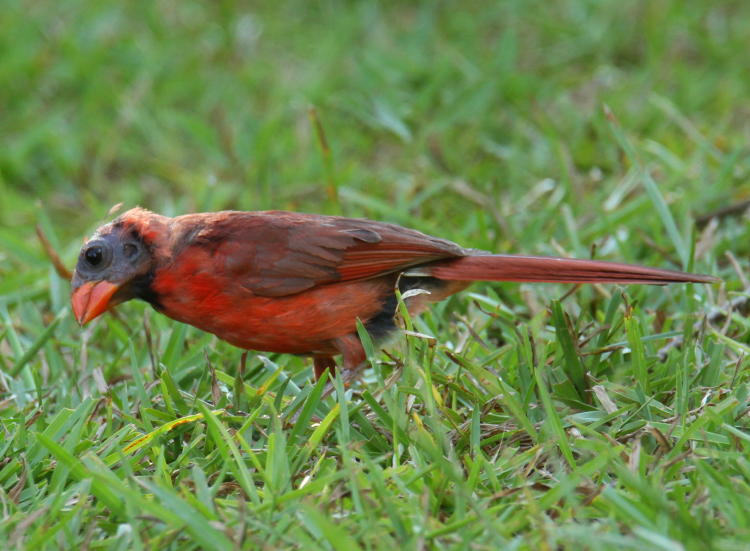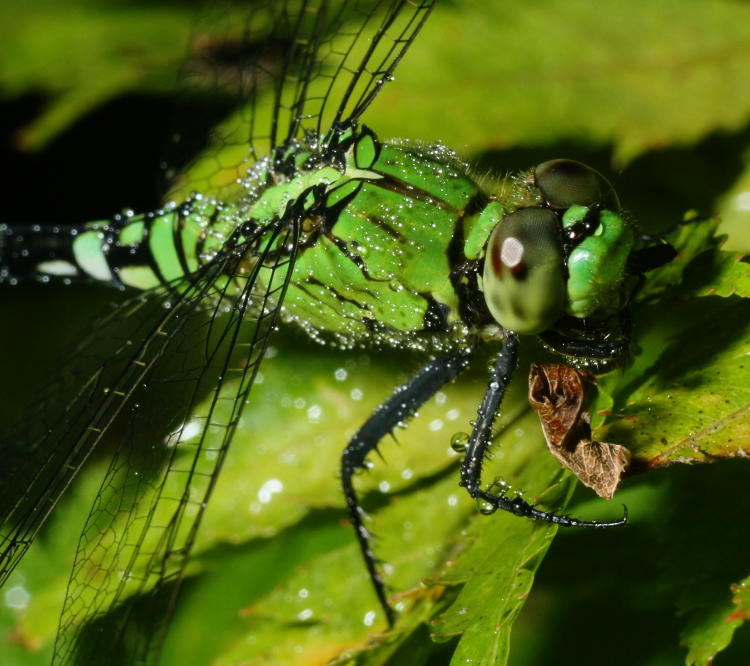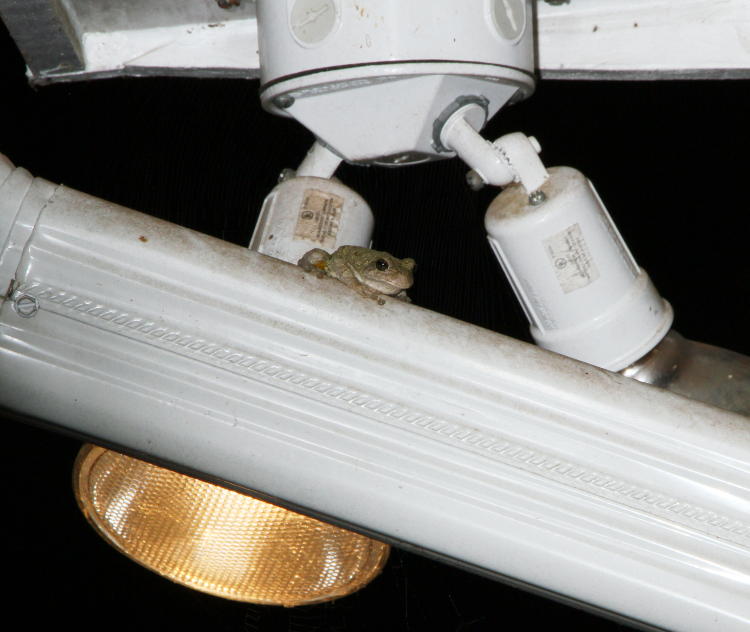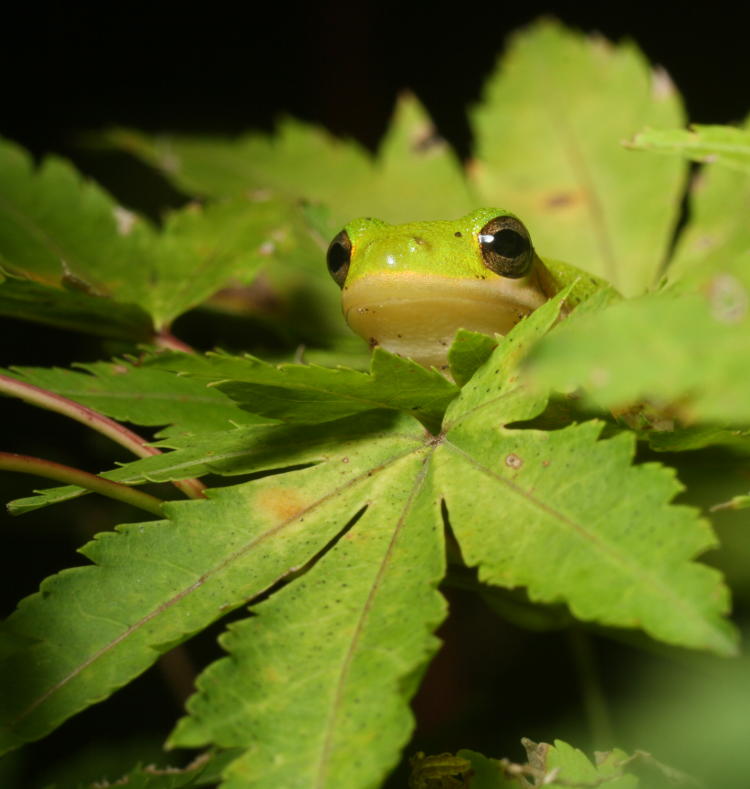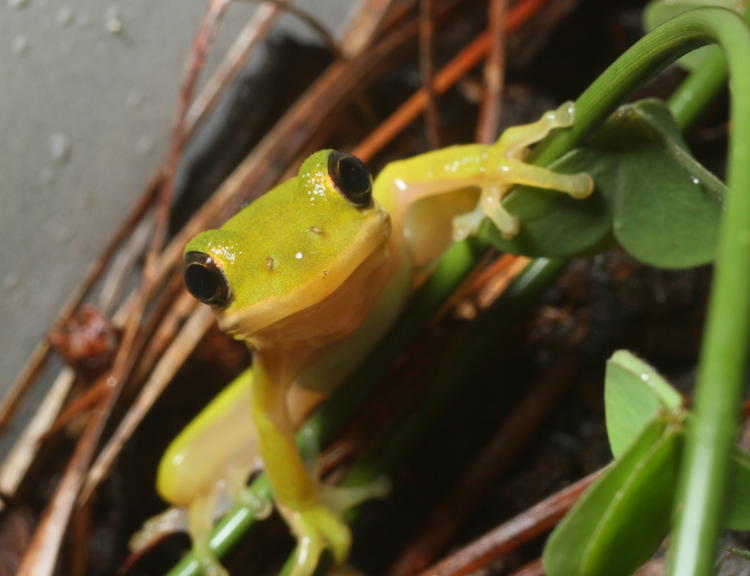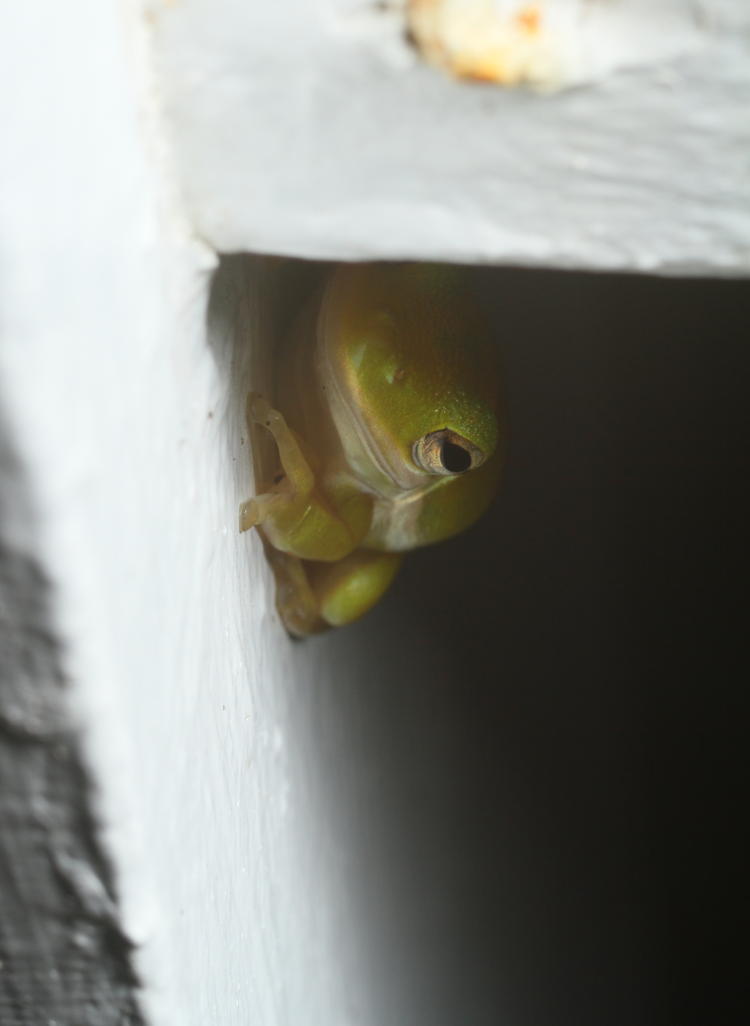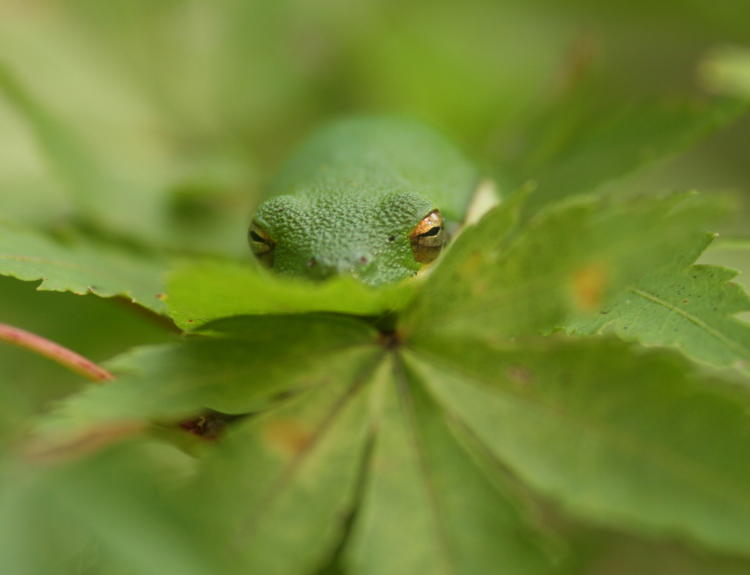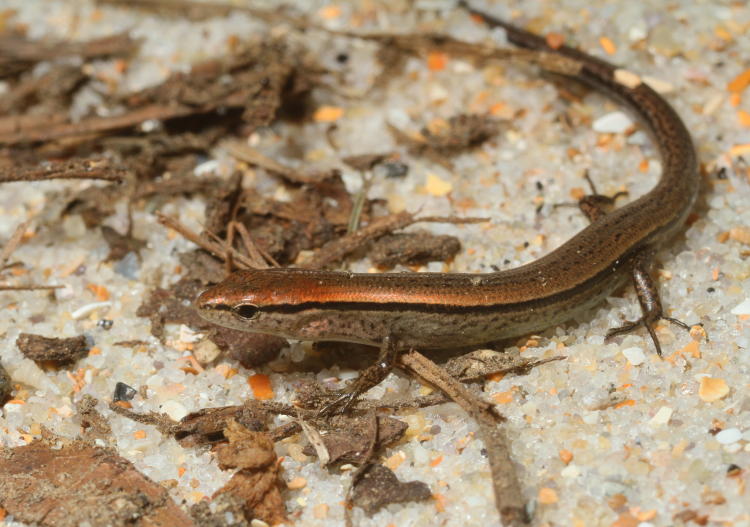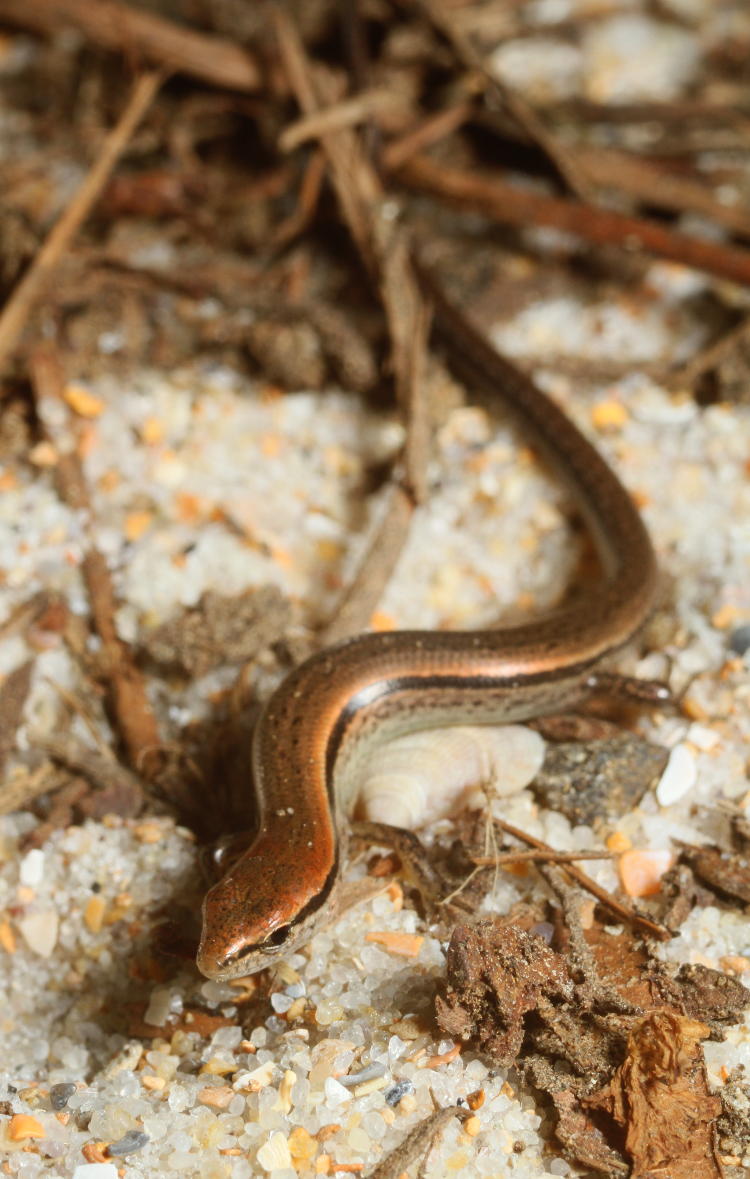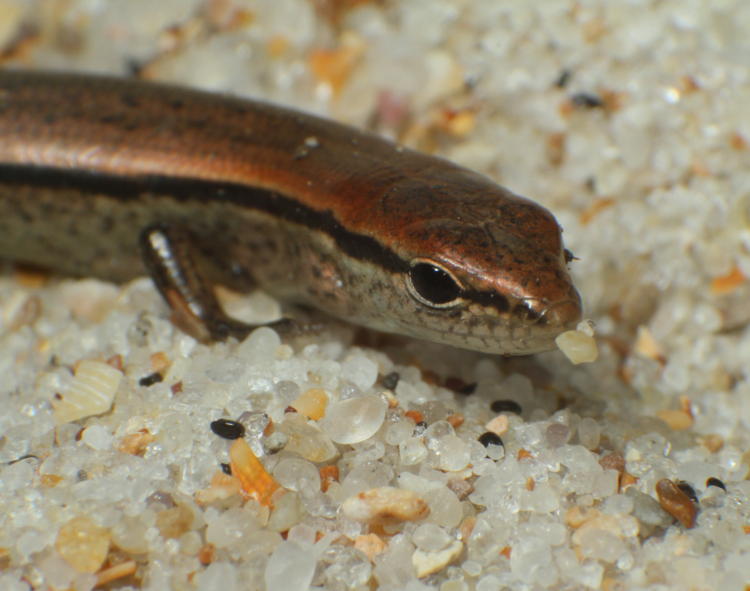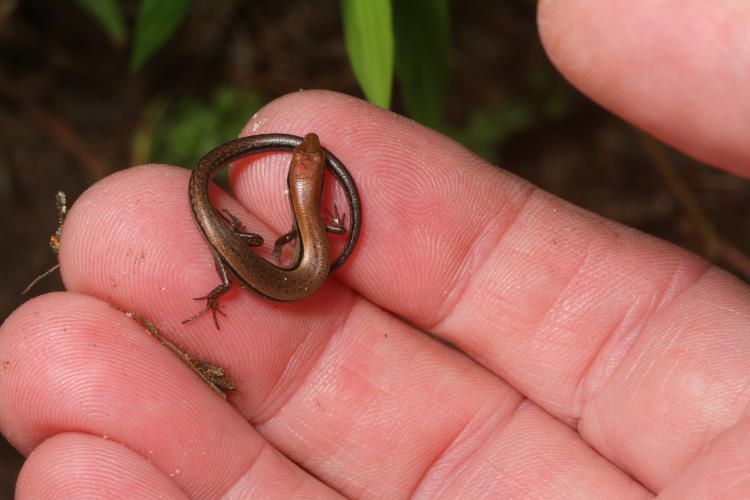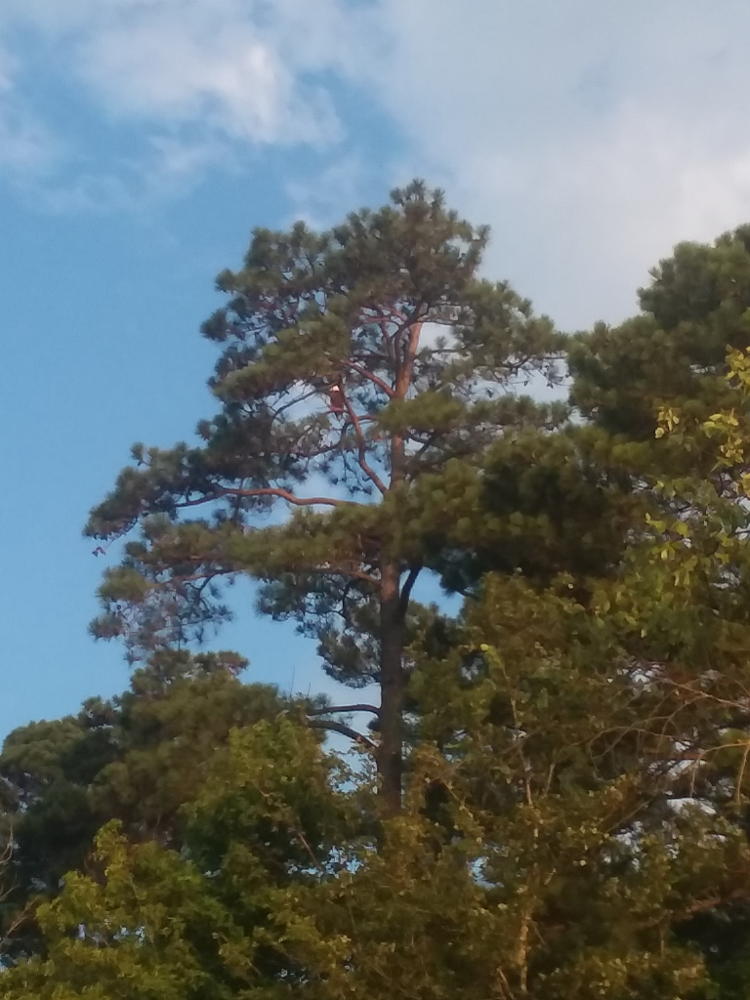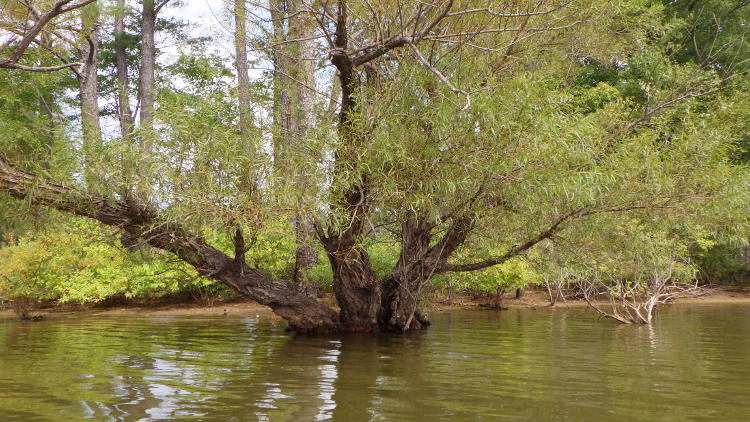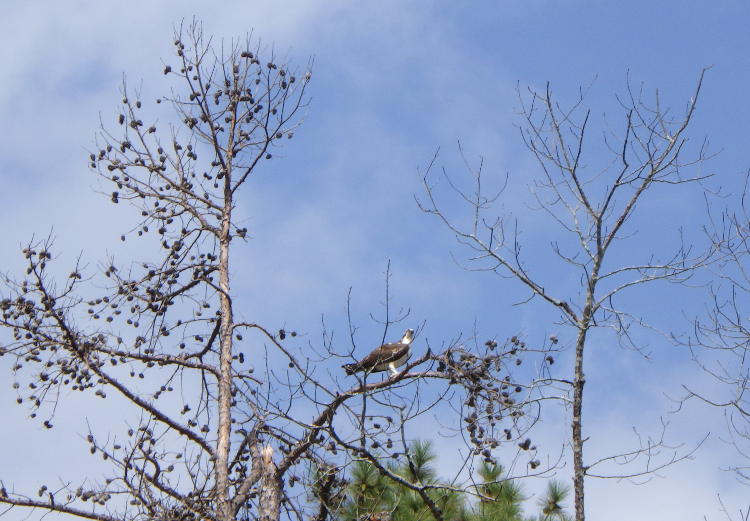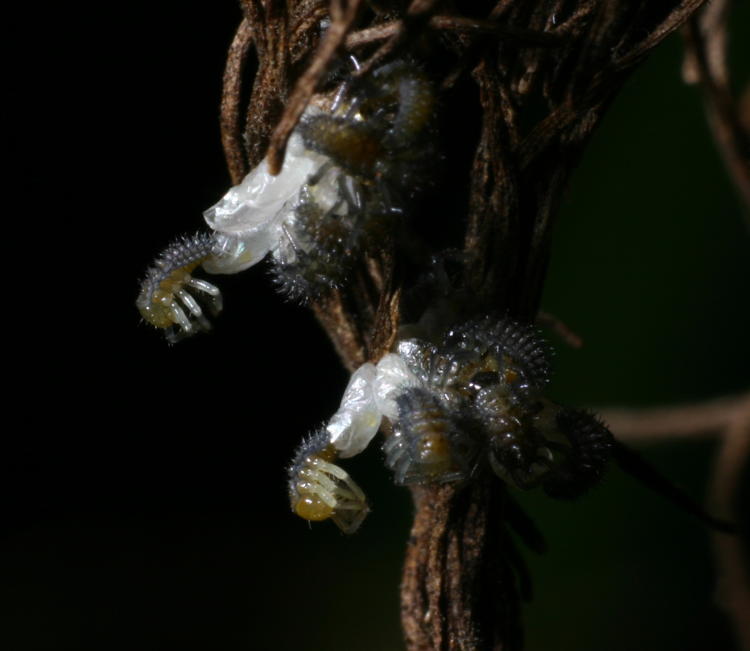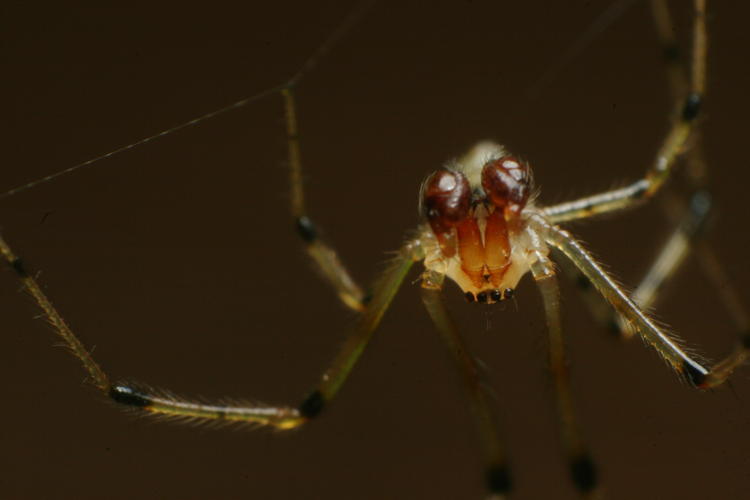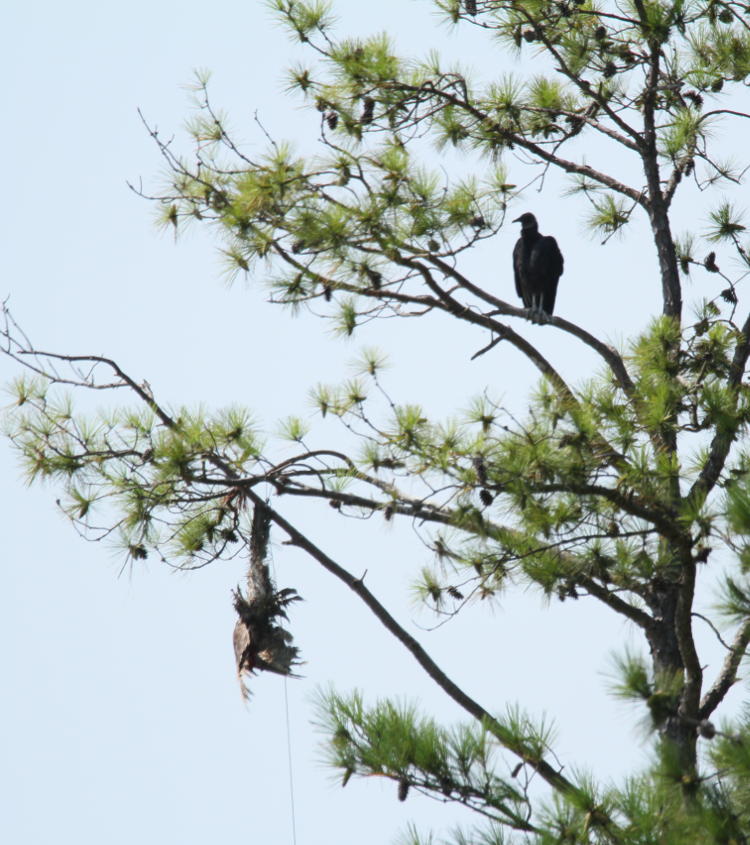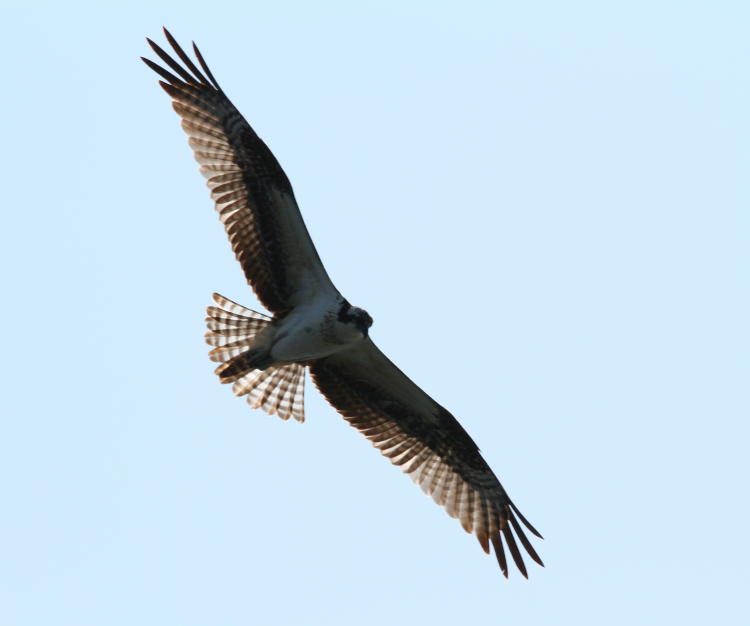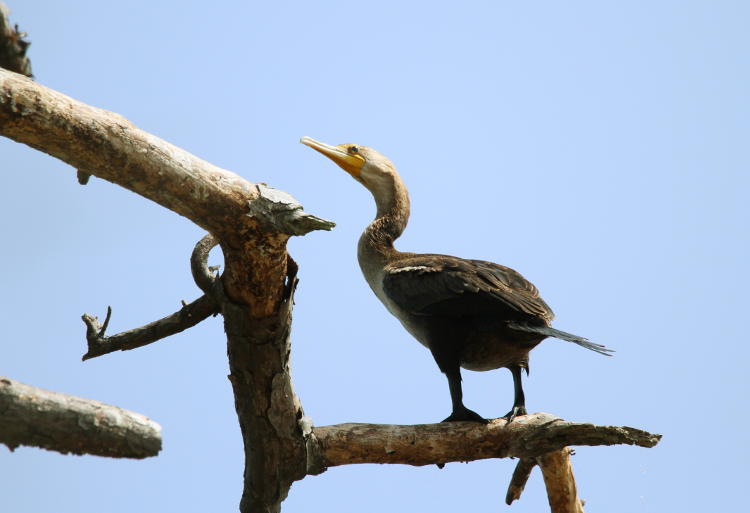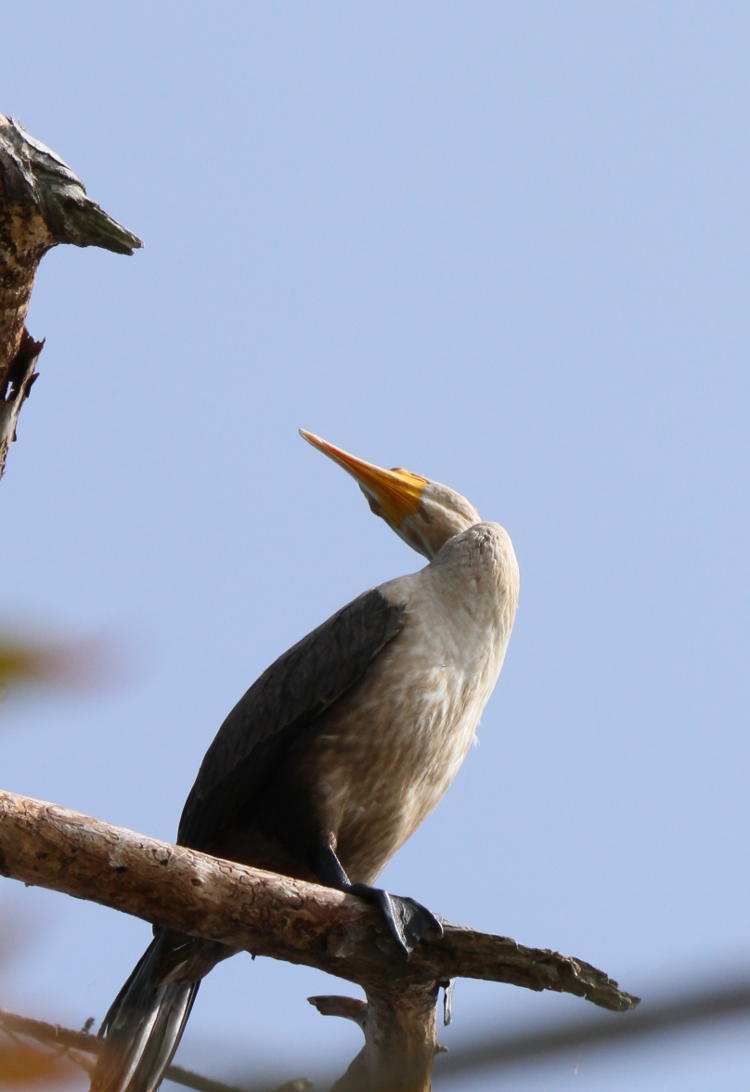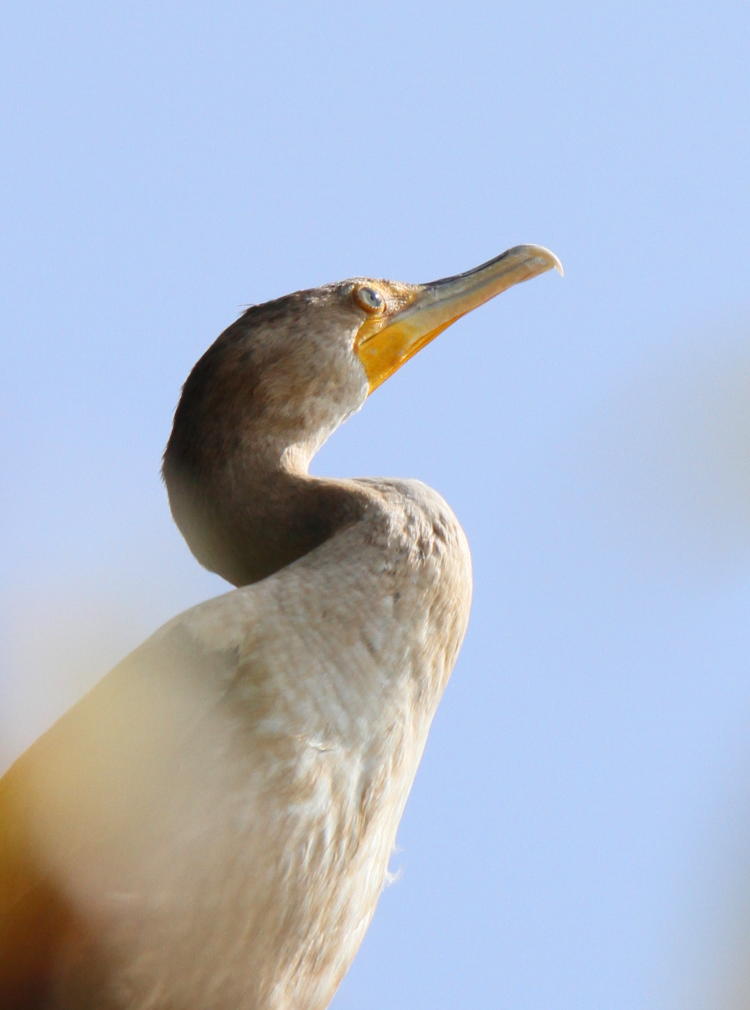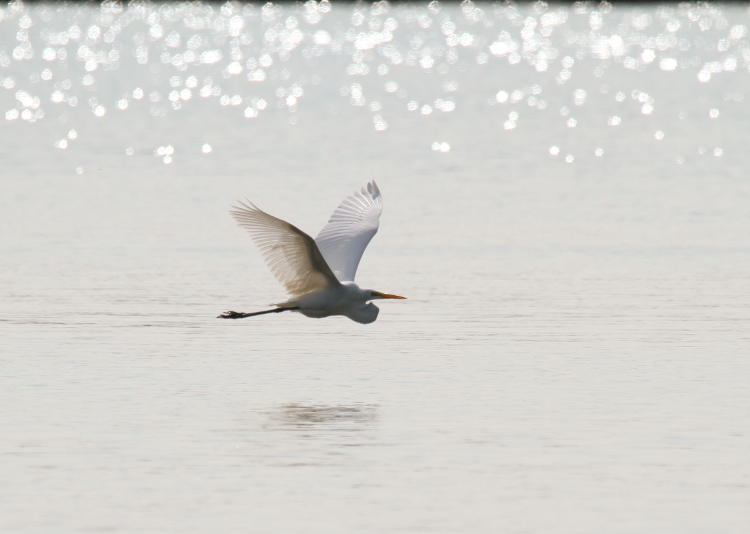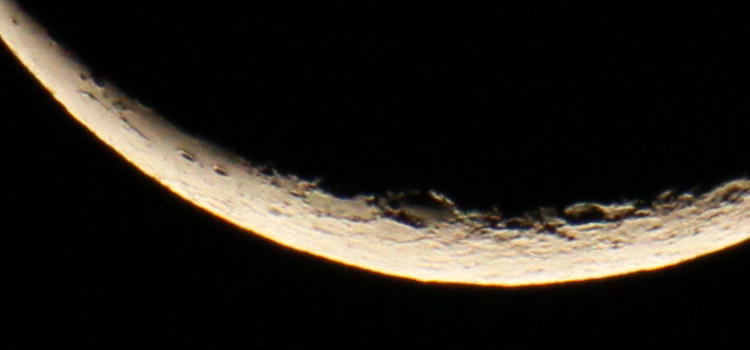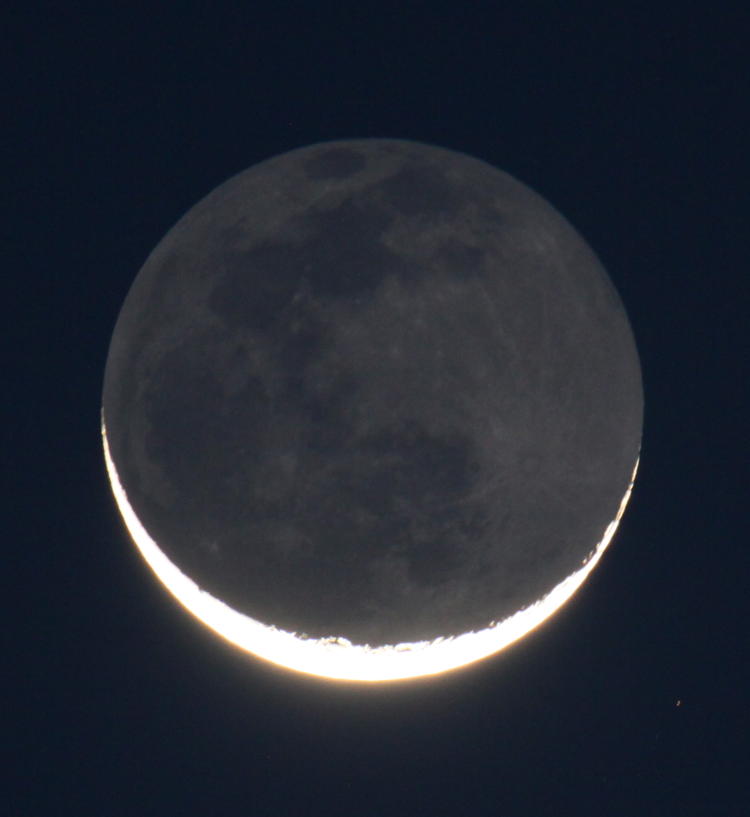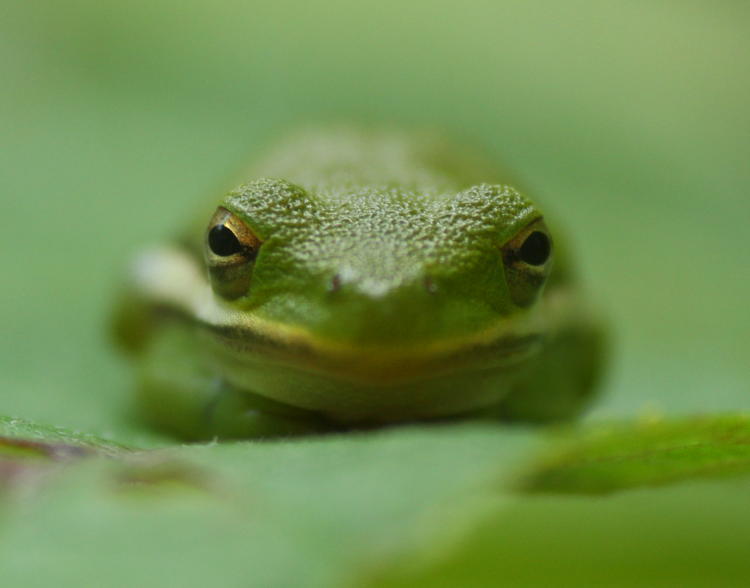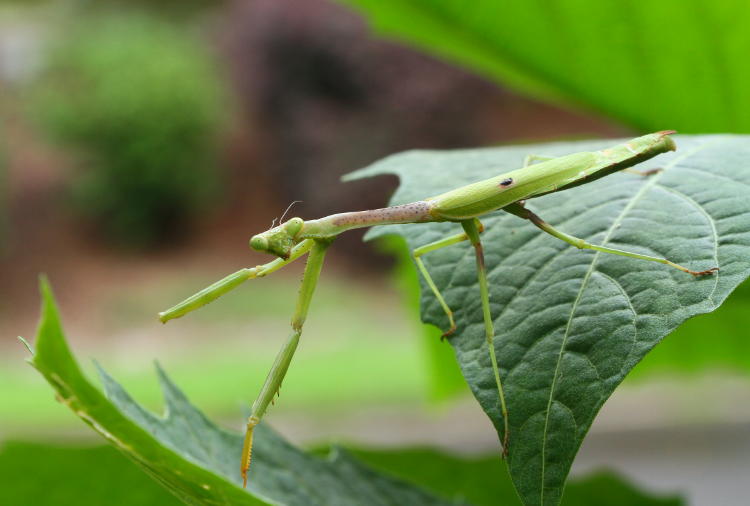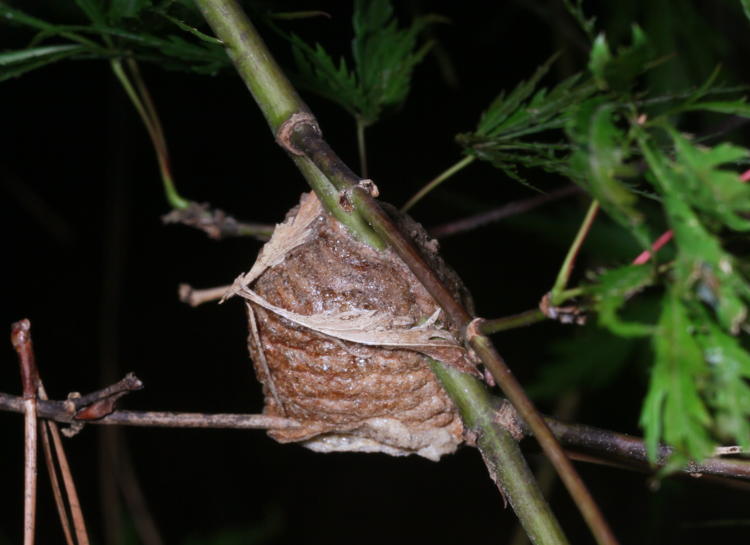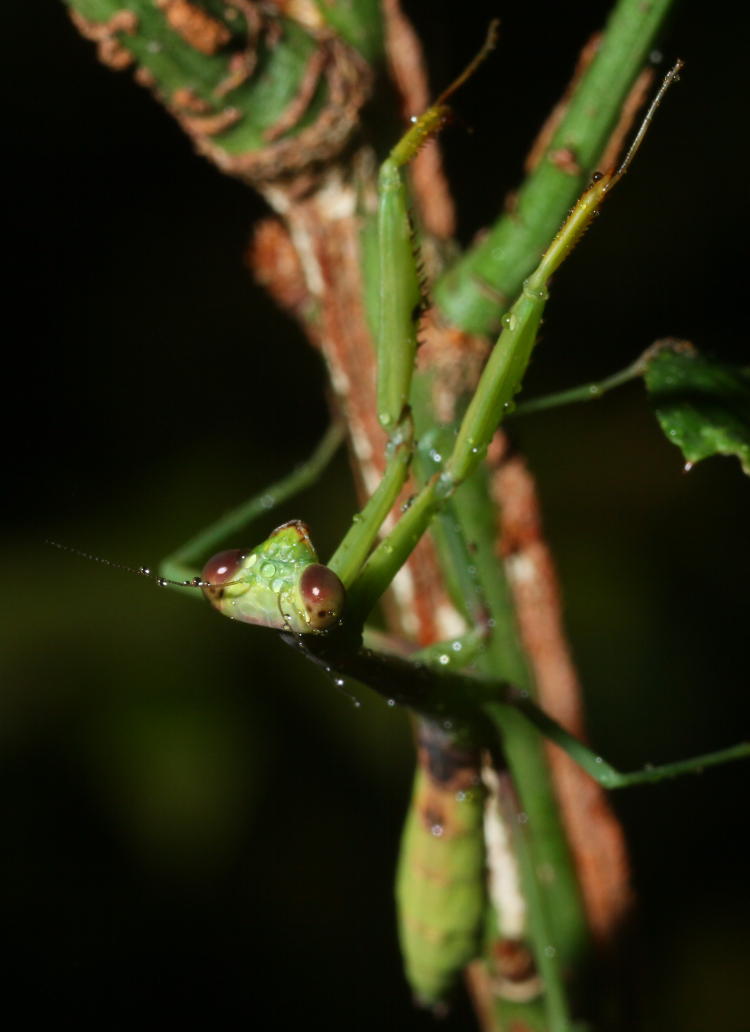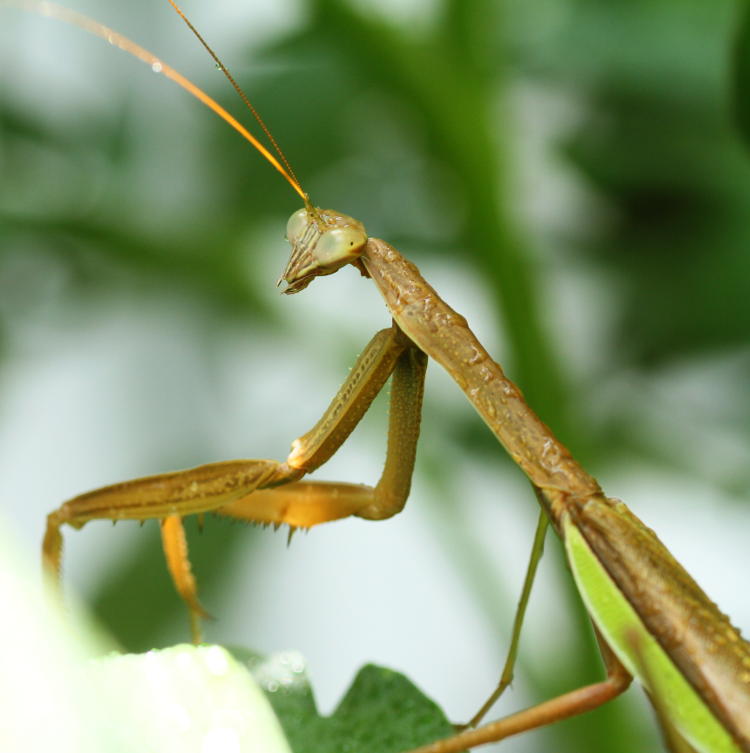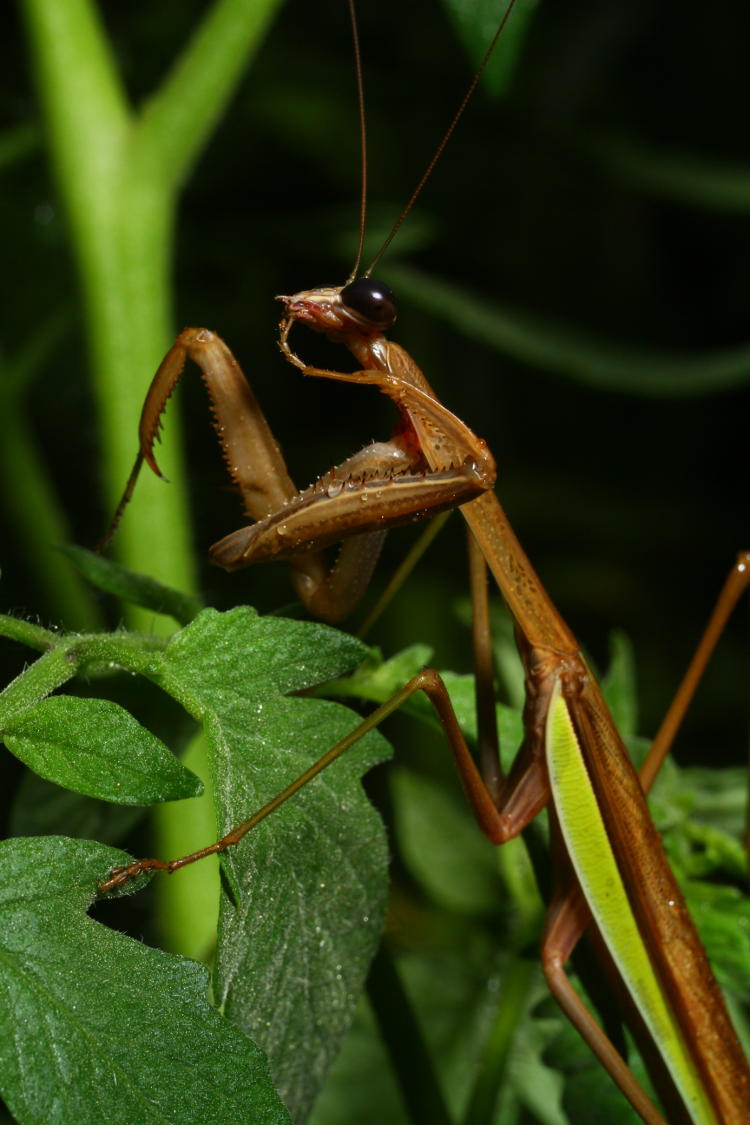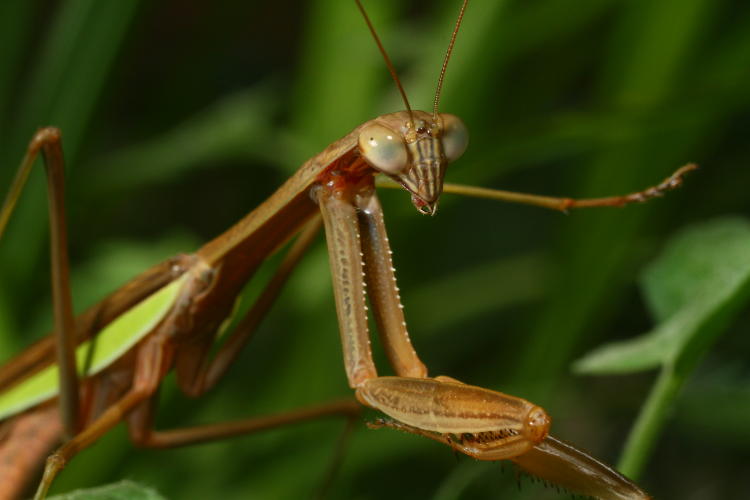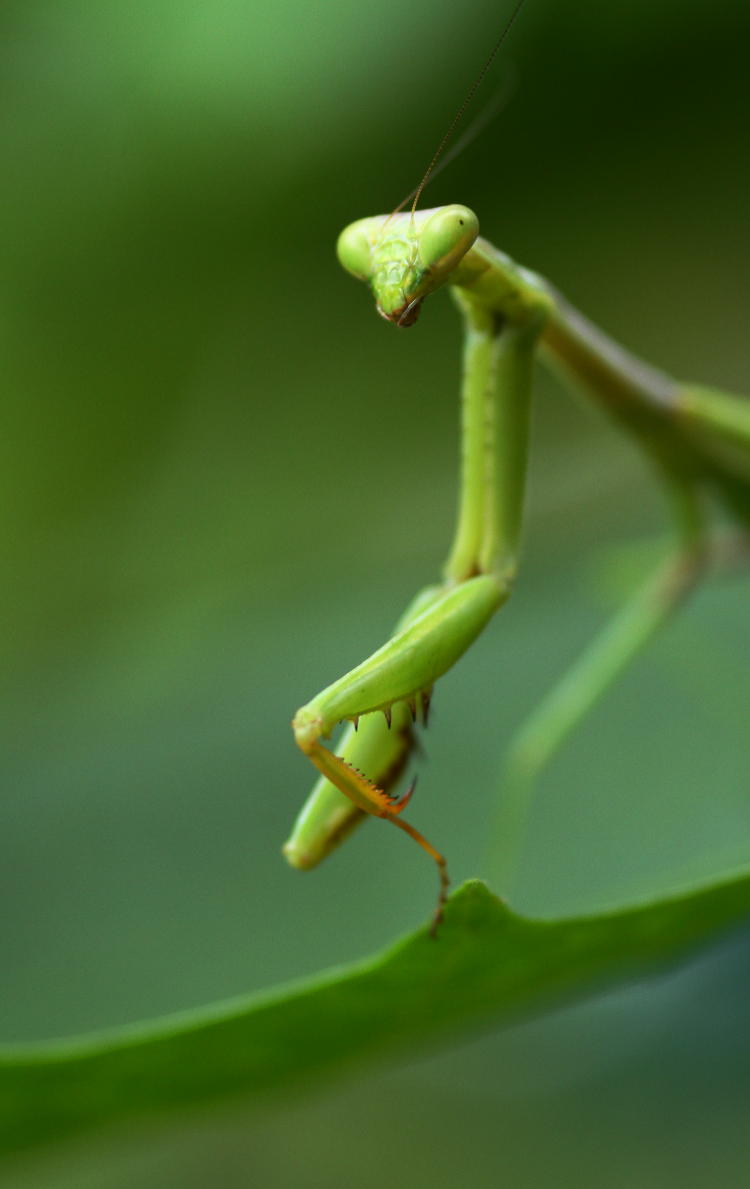I just love planting earworms like that.

But it really has been a week since the outing that I am about to relate, and the delay is partially due to a lack of free time, and partially due to wanting to clear some older photos from the blog folder first, which I did – there are six posts between now and this one, a photo from this same outing that I put up a day later. I suppose I always could back-date this post to make it look like I wrote it the same day, but why would I do that? Anyone coming here regularly knows I never posted on that date, so who would I be fooling?
[That’s just a hint, to someone who needs it.]
It was not the most productive of outings, especially since (as I said in the previous post) I was aiming to find mantids either mating or placing egg cases, which did not come to pass. So it was a ‘target of opportunity’ kind of session, and still produced a few interesting images.
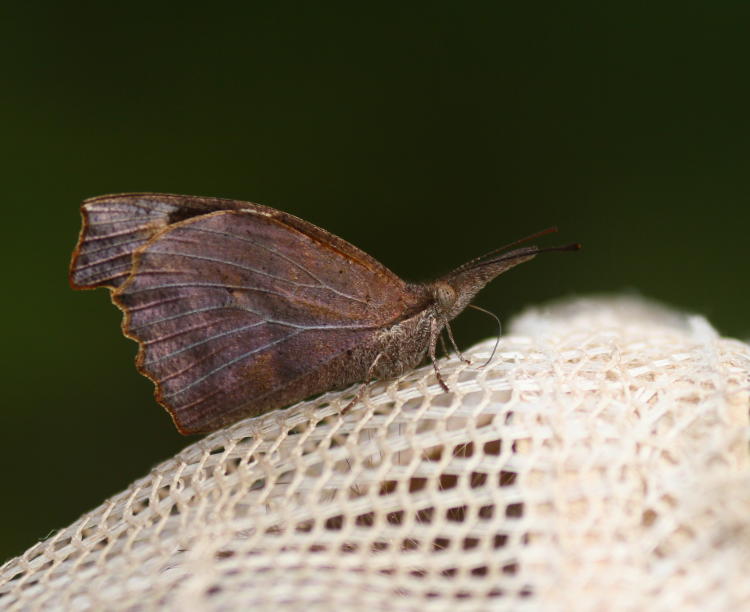
Early on, a little butterfly settled onto Buggato’s hat for a light snack, I’m going to assume of the sweat-produced salt thereon since butterflies will do this more often than you might think. This is the appropriately named American snout (Libytheana carinenta,) not at all showing the color of the wings when they’re exposed. It got startled away and still returned, so we’ll credit Mr Bugg with a sweatshake that brings all the butterflies to the yard [no, I’m better than that.] At least I got both of them to hold still long enough for a sharp portrait.
After a while, I spotted an eentsy frog on a leaf, about the smallest that I’ve seen in ‘adult’ form while still a juvenile – I get the impression that the tadpole tail disappeared not two days ago, even though you can’t tell that from my image here.
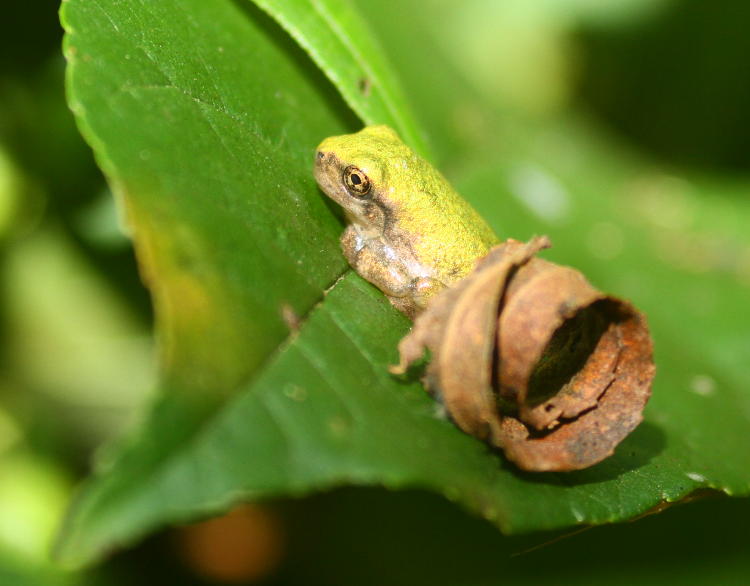
There is a hint of a white patch between the eye and the corner of the mouth, with a darkish band right behind it, which identifies this as a Copes grey treefrog (Hyla chrysoscelis,) sporting the camouflaging green backs that can occur at this age. As small as it was, it was quick to seek cover as I leaned in for a better shot, but we encountered one or two others the same day, same general size, so I managed to sneak in some fingertips for scale as Buggato snapped the photo.
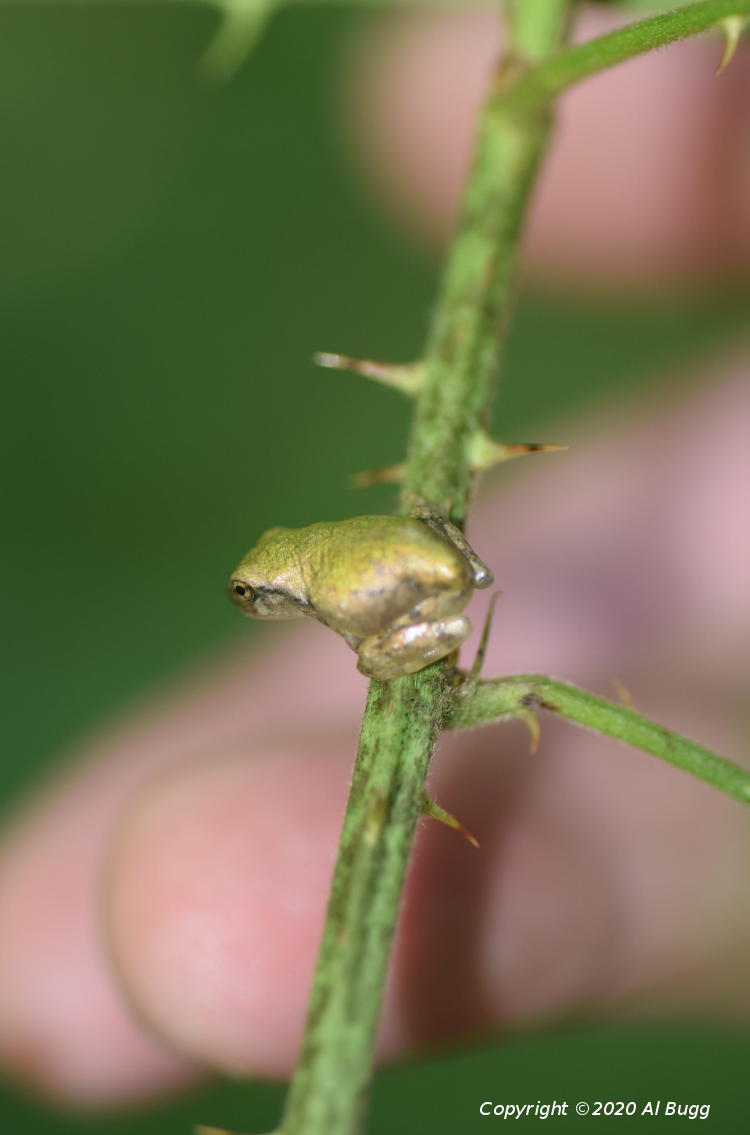
By the way, I found the secret to getting Mr Bugg to forward me photos that he’s taken, which is to take some photos of him and hold them hostage until I receive the ‘ransom.’
On two occasions, we saw robber flies with prey. One allowed us to do some detailed portraits, because it was busy stuffing its yap.
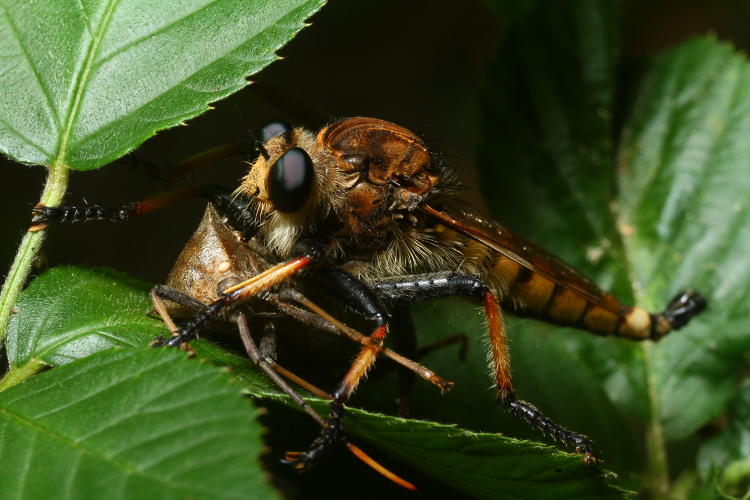
There are 110 species of robber fly (genus Efferia) in North America, but the Nerax group is most common in the southeast, so it seems – that’s as close as I’m getting. Its prey looks to be a leaf-footed bug (subfamily Coreinae,) but yeah, good luck with distinguishing any other details, or even determining that I’m wrong.
Robber flies are fairly large and ominous-looking, but they’re surprisingly mellow and will occasionally land on someone if they’re holding still; they’re also pretty chill about close approaches if you go slow. They’re wicked predators of other insects, but don’t bother people at all. Not sure what preys on them – they don’t seem overly concerned about such things.
Another section of our hike showed a sudden population of argiopes.
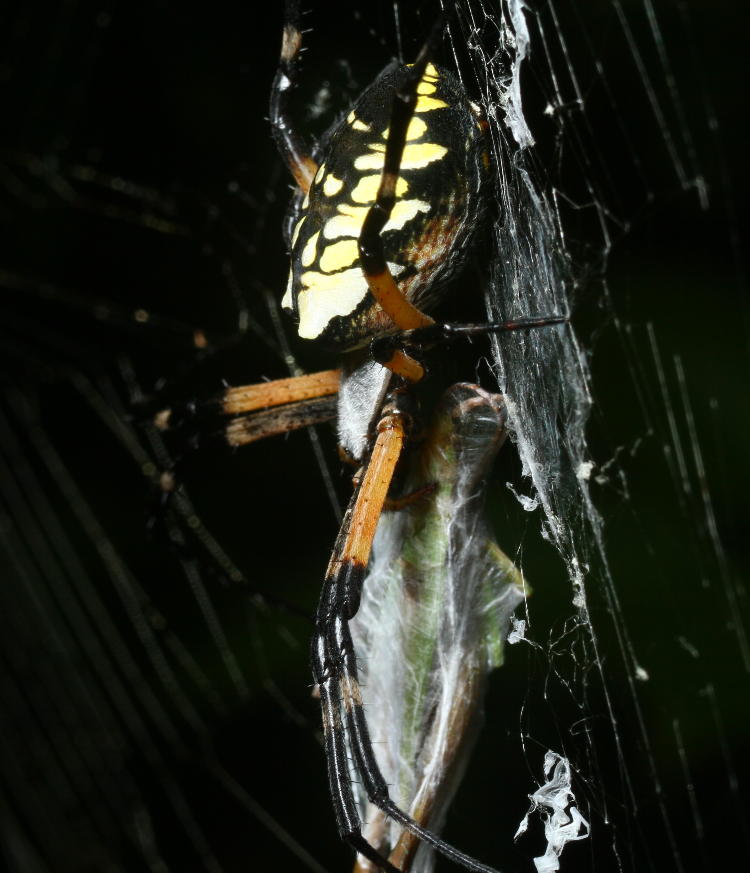
Black-and-yellow argiopes (Argiope aurantia) most commonly go under the name ‘garden spider,’ but that’s hardly exclusive. They’re big, and do big orb webs typically at about waist to chest height because they get off on hearing people freak out. In this small region, we spotted several within easy visual sight, and then none at all a handful of meters away while the conditions were about identical – I’m taking this as evidence that the hatchlings are lazy and won’t go far if the pickings seem adequate. And they were: the immediate surroundings were brimming with katydids, which is likely what’s all trussed up in the web.
Buggato did a photo of me getting the above photo, by the way.
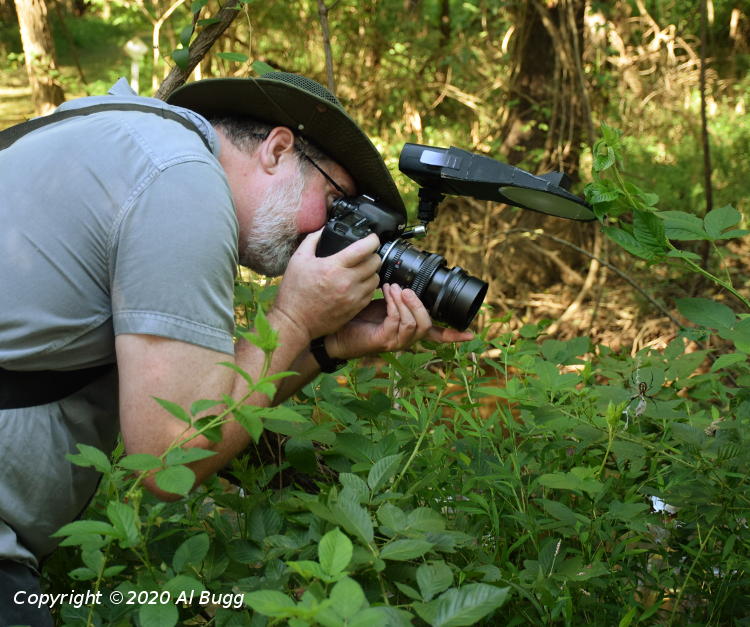
That’s the current macro rig in hand, and the spider is visible if you look closely. Not visible is the other nearby, almost in my armpit as I leaned over to get a perspective other than the underside of the spider. And yes, those are all the thorn vines of some kind of berry patch – there’s nothing too dangerous to prevent me from getting photos for the blog, I tells ya. I even got bitten by fire ants on this outing, which is not good news because they’re not normally in this area.
A little later on during the return leg, I was surveying a particular porcelain berry bush for more of the froglings when I glanced down right in front of me and found the only mantis of the entire outing (despite the fact that, in the late winter, we had found dozens of egg cases in the immediate area.)
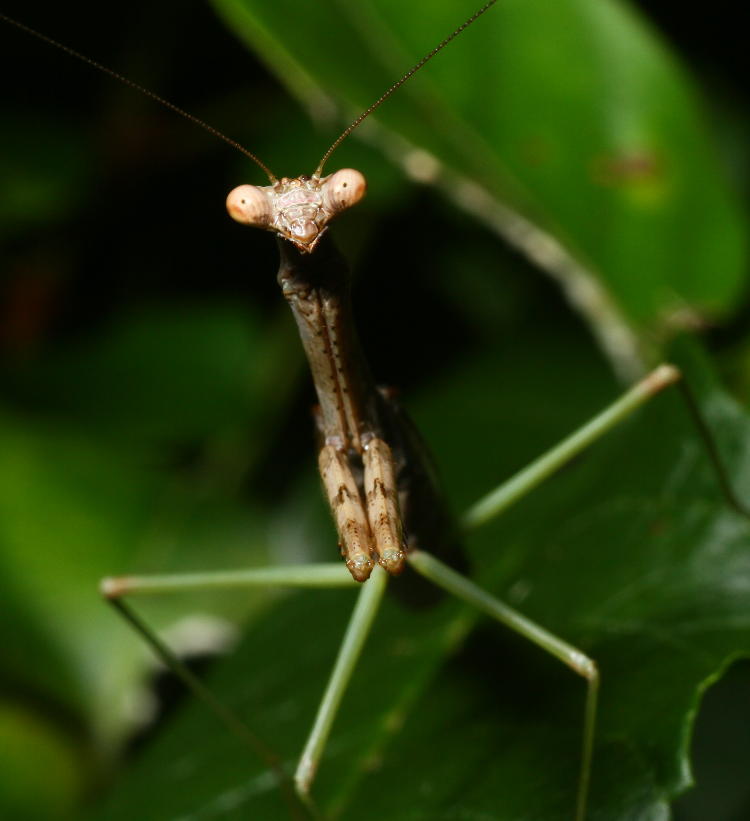
This is a Carolina mantis (Stagmomantis carolina,) likely a male from the coloration and body shape, but certainly a reproducing adult. It was not one from any of the egg cases that we saw, because those were all of Chinese mantises instead. And it patiently posed for a few portraits before deciding that we were not going to leave it be.
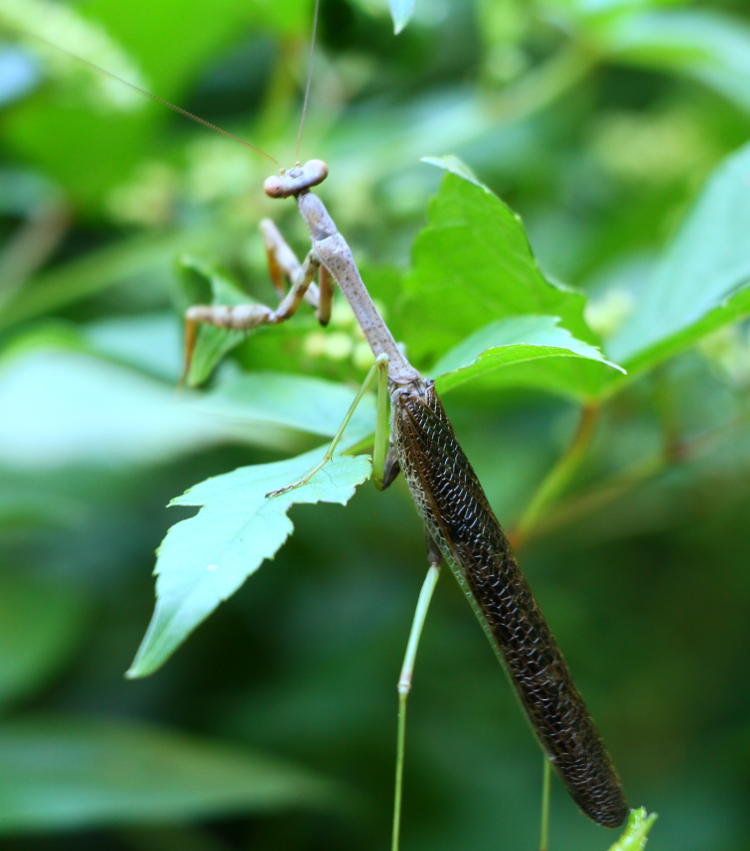
They often have this ‘urban camouflage’ coloration, but also appear green-brown, and are not very big. But this is a good view of the wings, so we’re certainly in the stage of seeking a mate – just, not presently engaged, as it were.
Meanwhile, Buggato posed for a scale shot.
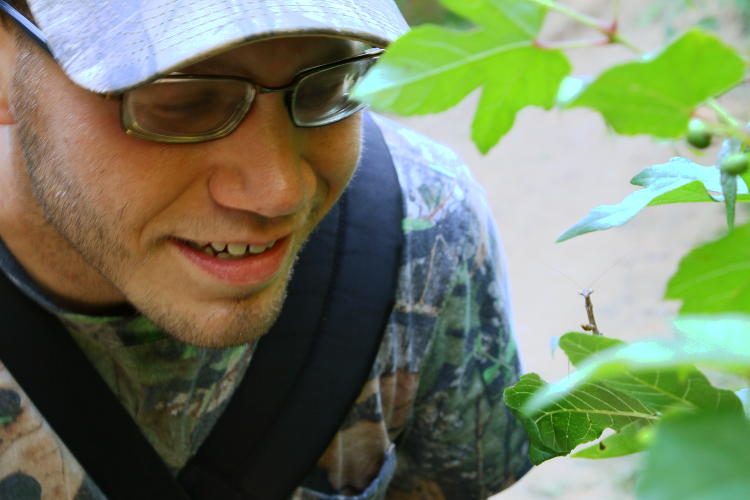
At that point, our time was about up and we were heading back to the car, but as always, keeping an eye open for any further photographic subjects. A spot of white on a leaf attracted my attention, and I bent close to examine it, confirming my suspicions that it was a cluster of eggs. Moreover, as I leaned in really close, I realized they were in the process of hatching, so back out came the macro rig.
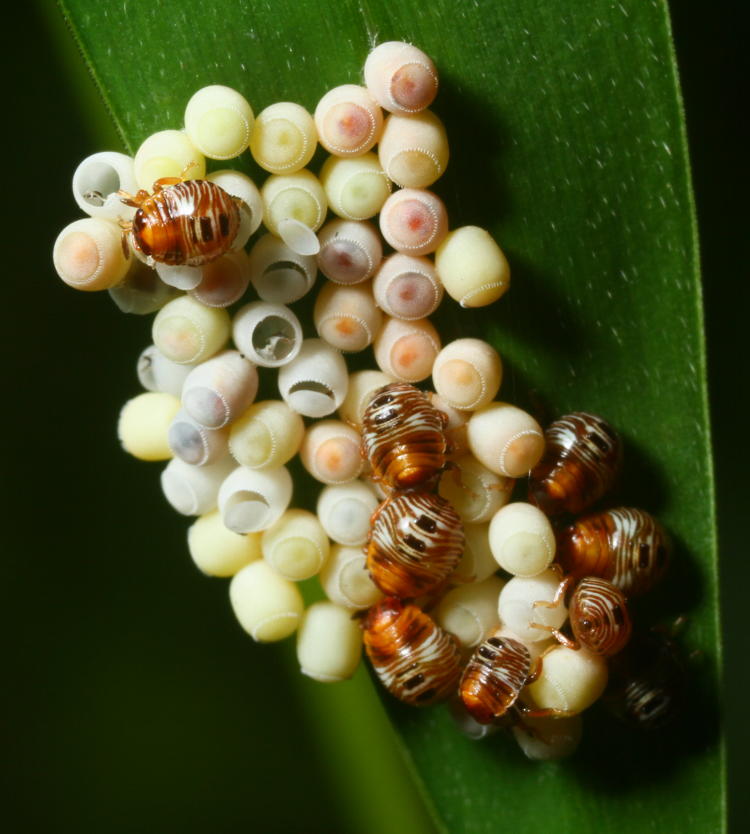
It took uploading the images to BugGuide.net, but as always, I got my answer – more specific than I suspected I’d get, too. These are green stink bug nymphs (Chinavia hilaris,) though how the entomologists at BugGuide differentiated these, no one ever said. It was possibly due to my remarkably detailed extreme closeup, since I stabilized the leaf in question by entangling its supporting branch with another thorn vine, then had Buggato hold my flashlight for adequate focusing light as I went in with the reversed 28-105 lens, the homemade ‘super macro:‘
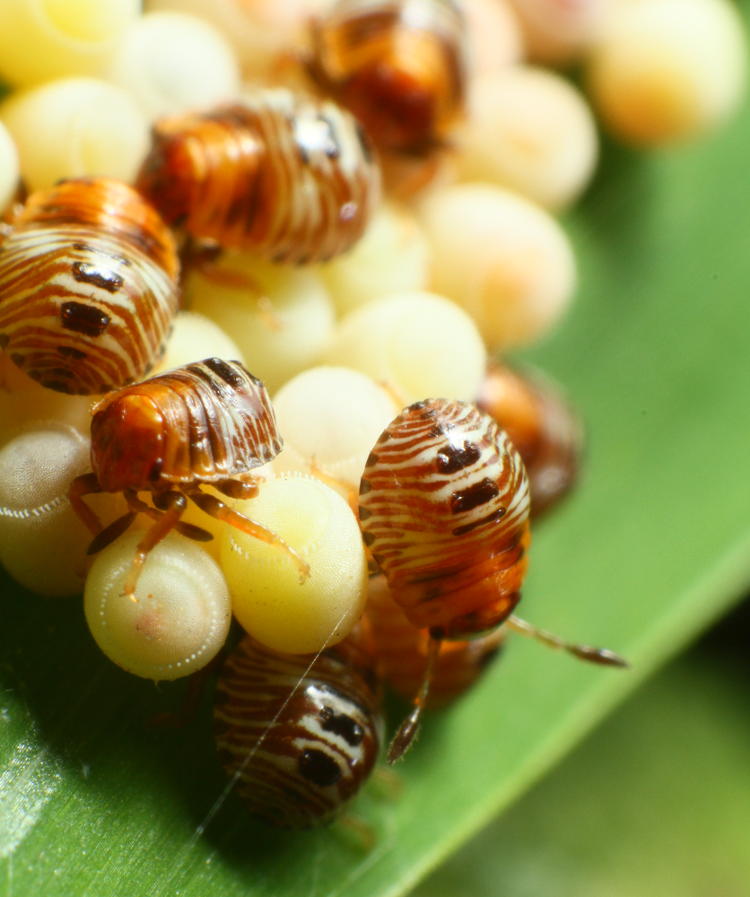
I can’t complain at all about the results, especially since these guys are less than 2mm in body length – a pair could probably share the head of a straight pin. As the final photo subject of the day, I considered it a win, and had I more time, I might have stuck around to try and get a sequence of other eggs hatching, but alas, someone had to be at work within the hour, so further fame and accomplishment had to be postponed for that. And then I get all this snark in return. There’s no justice.
